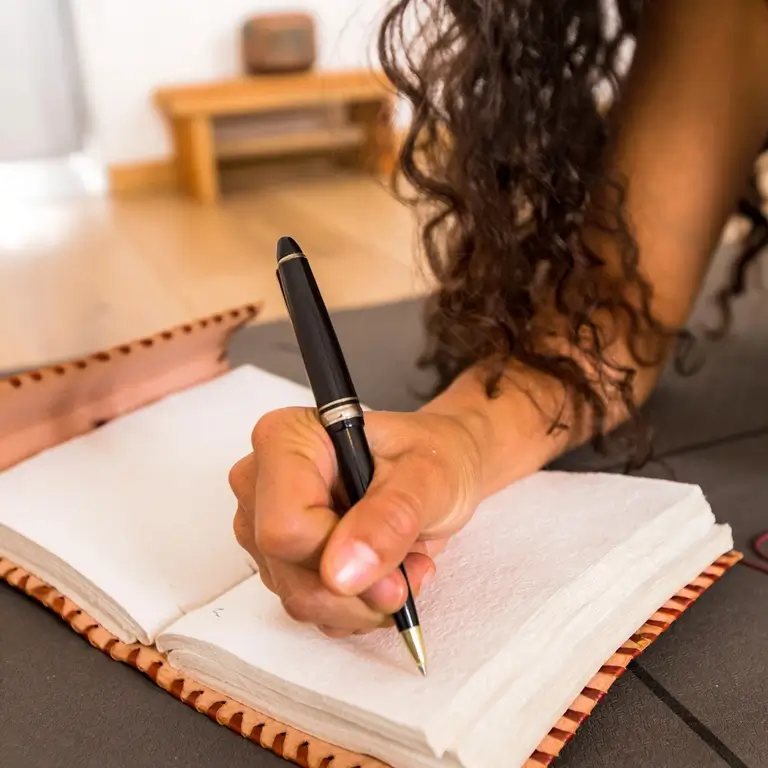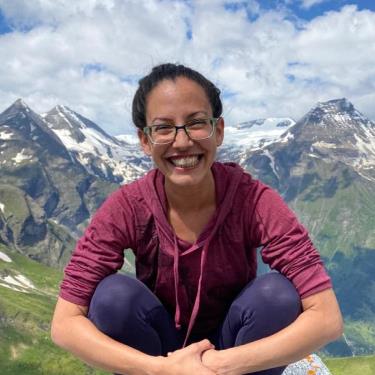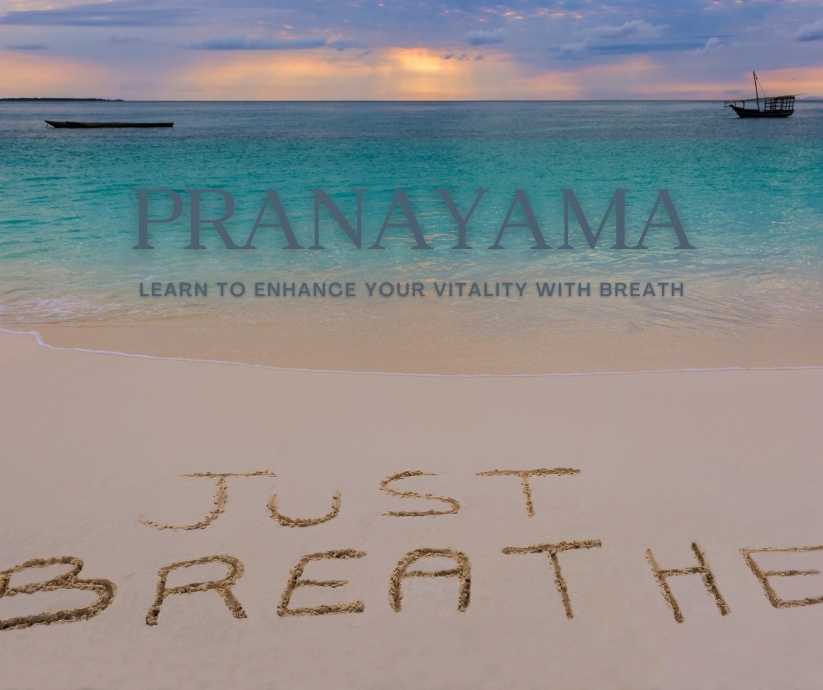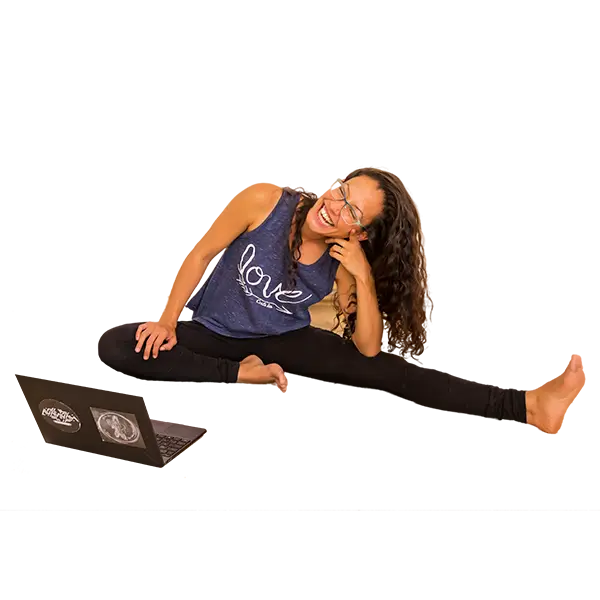
Efi's Journy
Tips and knowledge for a healthy and happy life
ARE YOU READY TO BECOME THE BEST VERSION OF YOURSELF?

share on social media

A self-healing coach through traditional yoga, aerial movement, meditation and breathwork

You can learn to control almost everything to do with your physical and mental health with your breath alone. Your breath can change your heart rate, your body temperature and even the pace of your thoughts. It can also increase your energy or even bring you back from a panic attack. Furthermore, it can help to significantly relieve trauma and pain.
Your breath normally happens naturally, without any effort on your part. However, if you learn to use the breath, you can improve all the functions of your body and dramatically increase your quality of life. So let’s dive in as I introduce you to some of the most effective breathing methods! These are practical tools that will help you control your emotions, manage your pain and increase your vitality and sense of life. All of these pranayama exercises are suitable for daily practice that will make you an expert breathworker over time, but they are also extremely helpful when you really need support – so now you can learn to really be there for yourself!
This exercise is extremely helpful when you feel swamped, or stressed, or even during a panic attack. It helps to relax the heartbeat, increase blood circulation and most importantly calm the mind and bring you back to your centre.
By breathing out loud and moving around, we give the brain more things to focus on. In this way we distract the thoughts and make some of them vanish so that we can reconnect with ourselves and let go of the anxiety or the over-thinking mood.
It is an active meditation technique that you can also use as a morning exercise to wake up and start the day in the right mindset.
The Practice:
The alternate nostril breathing corrects many negative breathing habits and helps us to bring the two sides of our brain – the logical left side and the creative right side – into harmony. Research has shown that there is a connection between this development and the airflow in our nostrils: When the right nostril is more open, the left side of the brain is more active, and likewise the other way around. So this exercise is basically the best thing you can do to boost your immune system, brain activity and overall vitality. This practice is highly recommended as a daily practice, preferably in the morning, but can also be done throughout the day! It will increase your energy incredibly, increase the warmth in your body and make you feel awake and focused. But it is not only the best daily pranayama practice, it is also one of the most efficient breathing exercises for relieving migraines and headaches and for relaxation and focus.
The Practice:
There are three main types of breathing: abdominal (deep), thoracic (medium) and clavicular (shallow). A complete yogic breath combines all three, starting with a deep abdominal breath and continuing the inhalation through the intercostal and clavicular areas. . A complete yogic breath – and basically the best way to breathe in general – is to create a wave of breath that first goes deep into the abdomen, then stretches the ribcage and chest, and flows first out of the chest and then out of the abdomen. This breathing allows you to bring more and more air into the body, which increases your concentration, vitality and blood circulation. This boosts energy, sharpens the senses and contributes to the healthy functioning of all body systems.
This breathing technique, which is well known and used in yoga classes or pranayama practices, can also be used to warm up the diaphragm and open up the voice. So if you want to sing better, this will also be your favourite breathing exercise.
The Practice:
JOIN OUR FAMILY
@efilovelight
Built & Design with ❤ by WP4All
